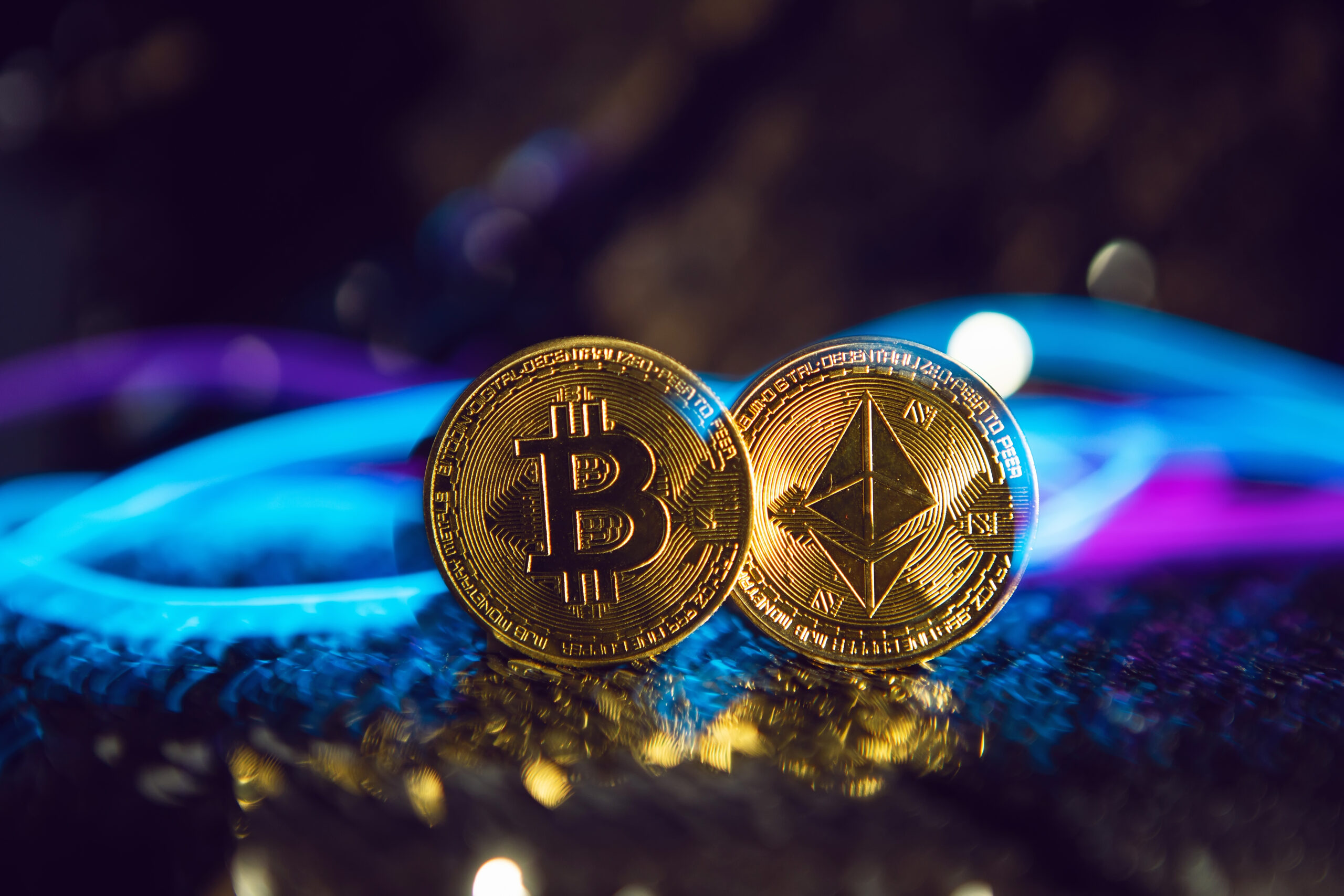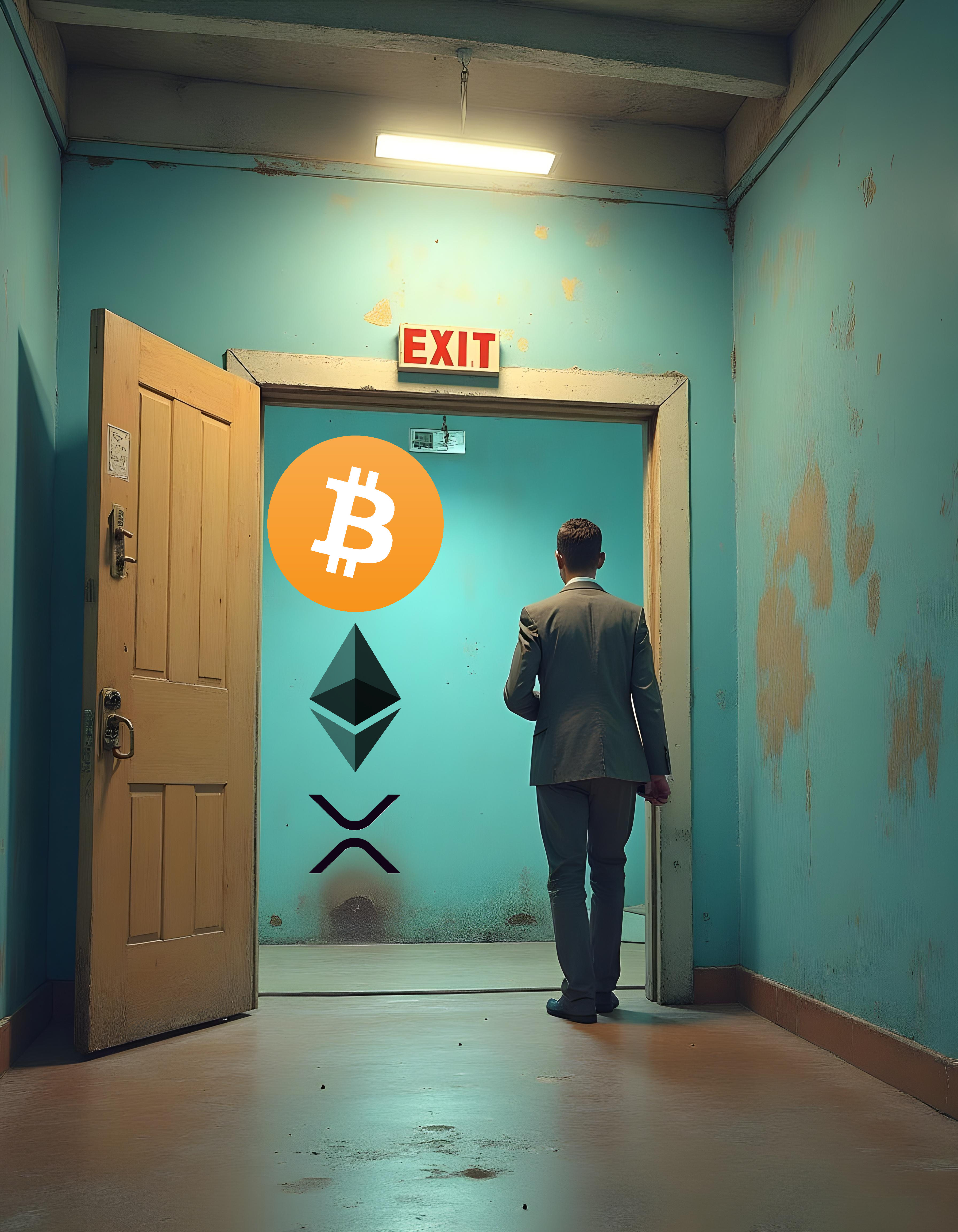Month after month, the momentum in this market continues: new price targets and milestone metrics are met, upgrades are being deployed or are in the works, and more companies continue to acquire these major digital assets.
Various blockchains and their respective communities are demonstrating that this market still has a long way to go, particularly in terms of prices.
Today, we’ll look at some major achievements and upcoming developments to watch in this space.
Bitcoin
— Bitcoin’s hashrate continues to climb, after exceeding 1 Zetta hash per second (Zh/S) last week, meaning one sextillion (1 × 1⁰²¹) hashes, or one billion Terahashes, per second.
A higher hash rate strengthens the Bitcoin blockchain, making it increasingly expensive to get and maintain majority control of the network’s mining operations.
— Speaking of Bitcoin’s security, there’s also the important aspect of node distribution, i.e., how many individual computers have Bitcoin’s software running on them to enforce the network’s rules and validate blocks proposed by miners.
— Bitnodes reports over 23,400 reachable nodes, a 22% increase over the past year, and up by 152% over the past eight years.
It’s not only about the number of nodes, but also their geographical distribution. It’s challenging to determine the exact breakdown of these node locations due to the use of VPNs and the Tor Network.
However, Bitnodes’ Live Map provides a real-time view of where active systems are running.
— Last month, Bitcoin’s realised market cap hit $1 trillion for the first time, compared to the circulating MC of $2.3 trillion.
This is considered a more useful indicator of Bitcoin’s price performance because it disregards dormant BTC (such as those associated with lost private keys), particularly coins bought before 2017, when the commodity was still below $1,000 and when many more newly mined coins entered circulation compared to today.
Ethereum
— It’s taken over 2,500 days, but Ethereum has finally regained its number one spot… in trading volume. How often it manages to overtake Bitcoin’s volume based on seven-day centralised exchanges trading volume remains to be seen.
— Much of the institutional ETH accumulation has reignited faith in the altcoin, which now sits around $4,800, a far cry from its cycle low of $1,400 in April.
— On top of this, Ethereum’s transaction volume reached $320 billion in August, its third-highest figure since its launch in 2015.
— Despite this significant uptick in Ethereum transactions, its gas fees remained somewhat low for the past 30 days, mostly ranging from 40 to 50 cents per standard ETH transaction, i.e., just sending ETH, as opposed to bridging, minting NFTs, token swaps, etc.
While this is substantially lower than the hundreds of dollars per ETH transaction in 2021, it is still too high compared to trades on Solana, BNB Chain, Avalanche, Cardano, and other Layer 1s.
Fortunately, with L2s and these established L1s, it’s very unlikely to (regularly) see such high fees ever again.
— Adding to these milestones, Ethereum has reached its highest-ever transaction count in a single month.
BNB Chain
— Continues setting a new all-time high by the day, currently sitting at $929. Expect even more publicity once it passes $1,000.
— Last week, Binance announced a massive collaboration with Franklin Templeton, which is looking to tokenise securities using Binance’s well-established infrastructure and client base.
— BNB is one of many large-cap altcoins in line to potentially receive a spot ETF. Companies such as VanEck and Rex Shares/Osprey have submitted filings to the US SEC, with a decision expected by Q1 next year, possibly by year’s end.
— BNB Chain announced the Maxwell hard fork in May, to be fully rolled out in the next day or two.
This set of upgrades will reduce the network’s generation time from 1.5 to 0.75 seconds, accelerate block synchronisation across nodes, and facilitate easier communication between validators.
Solana
— Forward Industries has secured a $1.65 billion private funding round — made up of cash and stablecoins — to establish a Solana-centric corporate treasury. The investment was spearheaded by Galaxy Digital, Jump Crypto, and Multicoin Capital.
As part of the deal, Multicoin’s Kyle Samani will assume the role of board chair, while Galaxy and Jump will join as strategic observers, adding more governance to the initiative.
Mike Novogratz, Founder and Chief Executive Officer of Galaxy, and Kyle Samani have been two major advocates for Solana, especially the latter, who has been a strong believer in the blockchain well before it launched in 2020.
— According to Anatoly Yakovenko, Co-Founder of Solana Labs, in August, Solana processed over 2.9 billion transactions, which is what Ethereum has processed over the past 10 years, getting by on a meagre 15 transactions per second.
Mind you, Ethereum has been a more reliable and decentralised network than Solana (in terms of the number and geographic distribution of nodes), not to mention an older network that has so far benefited from first-mover advantage.
— Regarding network upgrades, Solana will be getting Firedancer later this year or early next year.
It marks the arrival of a new programming language (C/C++) to the list of Solana validator clients (programs that validators use to verify and add transactions to a blockchain), complementing the 92% of these primarily or exclusively using an option called Agave, which was developed by Solana Labs and written in Rust.
For comparison, Ethereum has six consensus clients (for enforcing network rules) and five execution clients (for processing transactions and running smart contracts), each of which is dominated by two options.
The Client Diversity website encourages stake pools to use a minority client, which helps further boost network decentralisation on Ethereum. The aim is to get each one below 33% of overall dominance.
I covered this in detail in last week’s article.
XRP
— XRP received further regulatory clarity in the U.S., with the SEC and Ripple both dropping their appeals last month, putting the case to rest after nearly five years.
— This adds to the decision made by Judge Analisa Torres in 2023 that XRP sales on centralised exchanges are not securities.
— The Ripple USD (RLUSD) stablecoin has continued to increase its market cap since hitting the scene about a year ago. While RLUSD is currently just outside the top-10 list of stablecoins and synthetic assets (e.g., Ethena USDe [USDE]), it is likely to cross the $1 billion market cap by the end of this year.
— The entire stablecoin market cap surpassed $200 billion last December and is about to cross $300 billion for the first time, possibly within the next 3–4 weeks, assuming a 25-basis-point rate cut from the Fed.
Other altcoins and general news
— The combined crypto market cap has remained above $3.6 trillion since the beginning of July, well above the $3 trillion peak achieved for a few days in the 2021 bull run. This figure now sits at $4.15 trillion, and we’re still far from experiencing a blow-off top, i.e., this bull run still has legs.
— Besides the overall circulating market cap, 24-hour trading volumes add to the optimism. When you consider institutional investors such as Bitcoin and Ethereum treasury companies and spot ETF providers (the “Authorized Participants” in this market), they’ll likely use over-the-counter (OTC) trading rather than the open market, further adding to these volumes à more bullish sentiment.
— Real estate firm, RAK Properties, has received the all-clear to allow international clients to purchase property in Ras Al Khaimah, the sixth-largest city in the UAE, using BTC, ETH, USDT and other supported digital assets (still TBC).
— We will likely see a flurry of altcoin ETFs approved by the end of this year. According to Bloomberg analyst James Seyffart, altcoins such as XRP, SOL, BNB, DOT, LINK and others have multiple pending ETF applications, most of which have a final deadline in November 2025.
Additional thoughts
Considering Q4 has been the strongest quarter for most market-wide bull runs, particularly for 2017 and 2021, crypto enthusiasts are banking on explosive action in this space.
If at least two more interest rate cuts materialise by the end of this year — keep an eye out for the next Fed meeting for this Tuesday and Wednesday — and we don’t see any major escalation in (geo)political tensions, I am expecting an overwhelming amount of interest to flow back into this market, especially from retail investors.
With Q4 also representing the holiday season, keep an eye out for memecoin mania as it springs back to life, lifting many small and mid-cap altcoins with it.
With another bout of optimism returning to altcoins (the Altcoin Season Index is back above 80), brace yourselves for another exciting chapter of this bull cycle, particularly if you’re holding altcoins.
As always, don’t forget to take profits and approach this all with a clear mind. The last thing you want to do is FOMO back into the asset class as it’s peaking for this cycle.
Keep yourselves informed every day, or at least a few times a week, and enjoy the rest of this bull run.
You might also be interested in these stories:
Disclaimers
• N.B. None of this is financial advice; I am not a financial advisor. This content is for educational purposes only. You are ultimately responsible for your investments.
• My opinions may not reflect those of any news outlet, person, organisation, or entity listed here.
• Please conduct thorough research before investing in any cryptocurrency assets, staking, NFTs, or other products associated with this space.
at Freepik.



